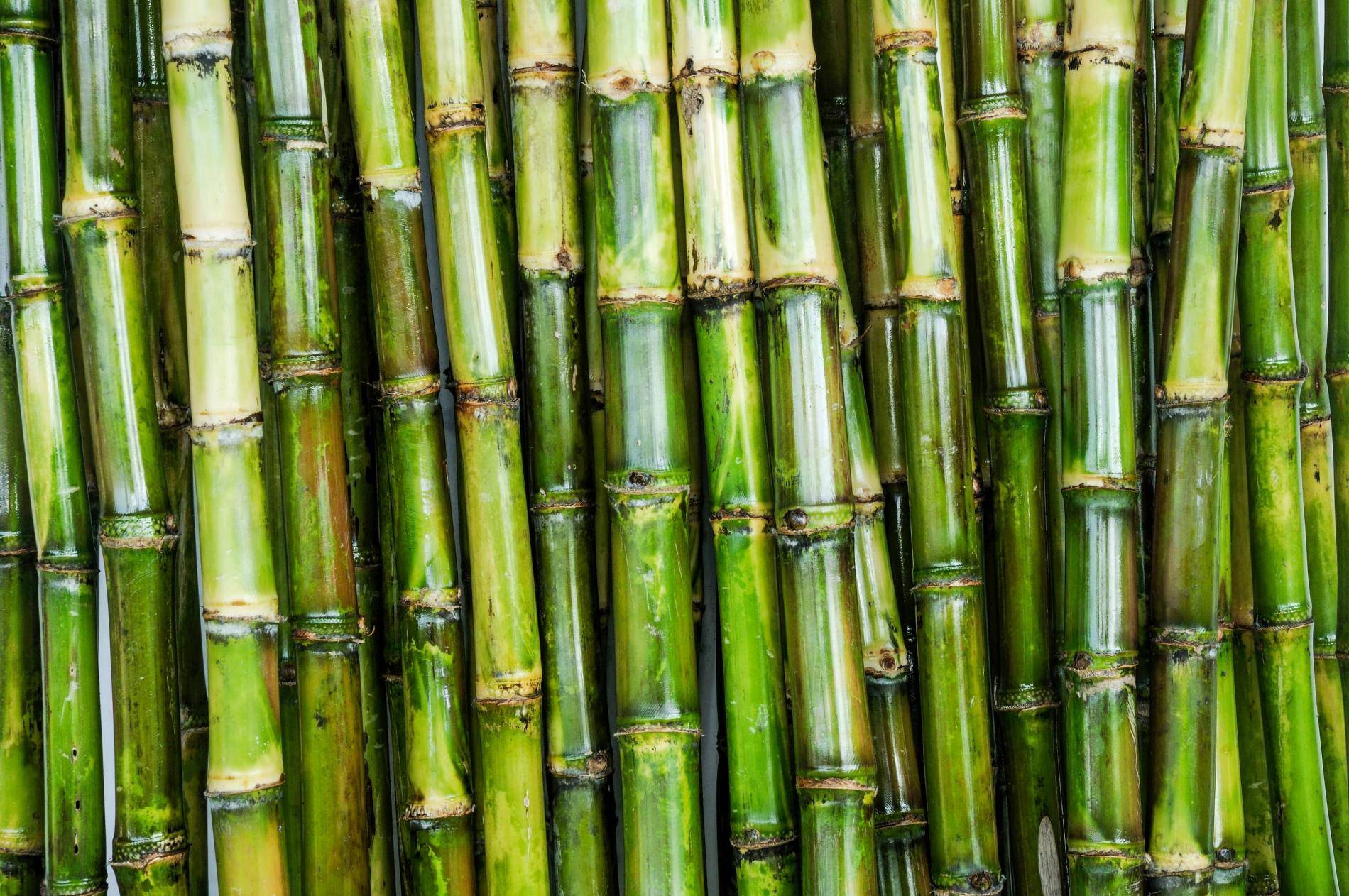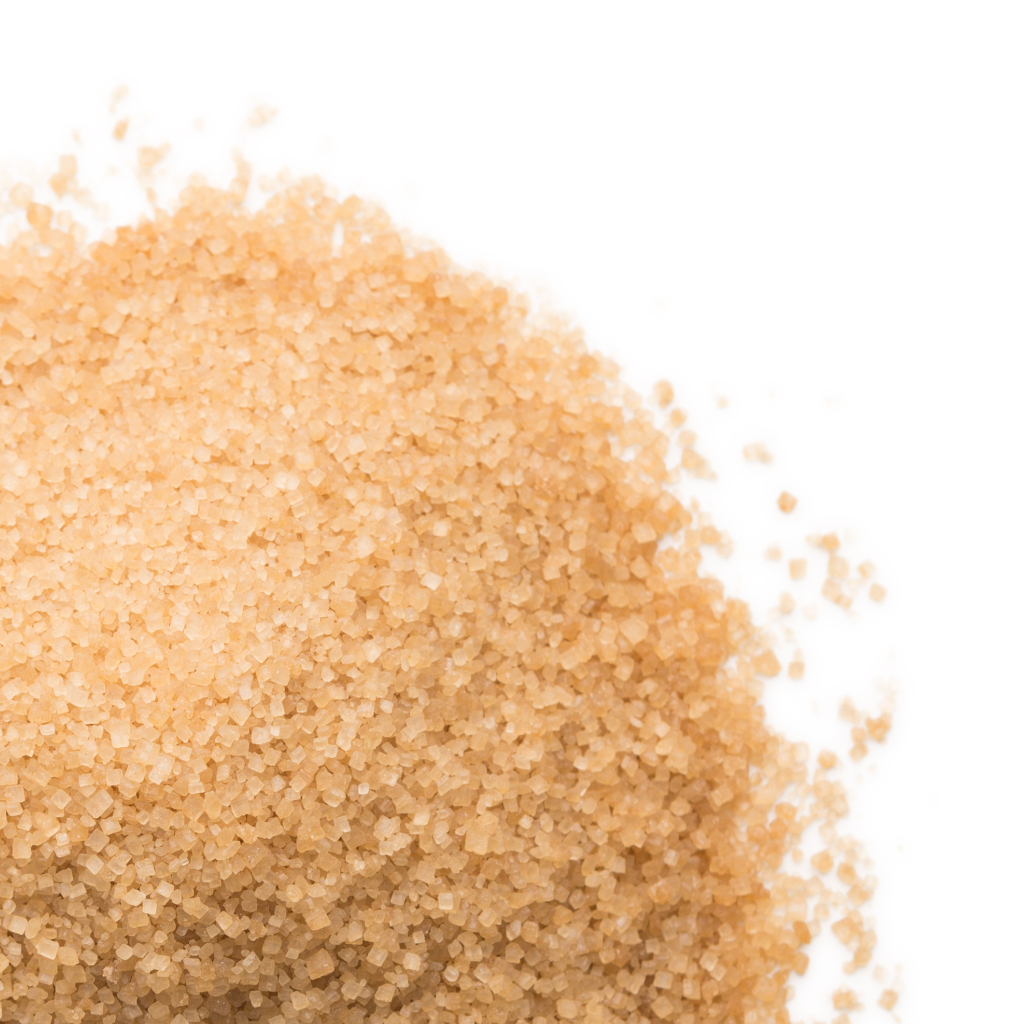Recognizing Cane Sugar Processing: A Comprehensive Summary of the Stages
Recognizing Cane Sugar Processing: A Comprehensive Summary of the Stages
Blog Article
Understanding the Critical Techniques and Technologies Used in Modern Cane Sugar Handling
The evolution of cane sugar processing has actually been substantially shaped by the assimilation of innovative methods and modern technologies that address both performance and sustainability. As we discover these crucial improvements, it comes to be crucial to examine how they not only enhance manufacturing yet also straighten with broader market fads and consumer needs, raising questions regarding the future of sugar handling and its ramifications for global markets.
Historical Context of Walking Stick Sugar Processing
The historic context of cane sugar processing reveals a rich tapestry of farming innovation and cultural exchange that has shaped its growth over centuries. The process of improving and removing sugar gained momentum in India, where approaches for formation were perfected around the Sixth century.

Advanced Removal Techniques
Performance in walking cane sugar removal has seen substantial innovations, driven by the need for greater returns and lower manufacturing costs. Conventional approaches have actually progressed, paving the way to innovative technologies that improve the effectiveness of the extraction process. One significant advancement is the use of enzyme-assisted removal, in which particular enzymes damage down cell wall surfaces and release more sucrose from the walking stick fibers. This technique not just boosts sugar return yet also lowers the energy needed for processing.
Furthermore, the adoption of membrane purification modern technologies, such as nanofiltration and reverse osmosis, has actually transformed the splitting up of sugar from contaminations. These methods permit the selective permeation of sugar molecules while maintaining bigger impurities, simplifying the extraction procedure and lessening waste.
In addition, the combination of continual removal systems has actually led to enhanced functional effectiveness. Cane Sugar Processing. These systems keep a constant flow of walking cane material, guaranteeing optimum extraction problems and decreasing downtime associated with set processing
Cutting-edge Refining Technologies
Refining techniques in walking cane sugar processing have gone through a transformative shift, driven by the demand for greater purity and enhanced product quality. One of one of the most significant technologies is the fostering of membrane filtering modern technologies, such as ultrafiltration and nanofiltration. These processes properly remove contaminations and colorants without the requirement for comprehensive chemical treatments, consequently protecting the sugar's natural taste and improving its appeal.
Another significant development is the use of ion exchange materials, which permit selective removal of unwanted ions from sugar solutions. This innovation not just raises the total purity of the last product yet additionally adds to lowered waste and ecological effect.
Additionally, advancements in adsorption techniques, utilizing activated carbon and other advanced products, have shown efficient in decolorizing sugar services while keeping ideal top quality. The combination of these cutting-edge refining technologies makes sure that manufacturers can create polished sugar with remarkable clearness and preference, fulfilling the developing choices of customers.
Automation and Control Systems
Current innovations in refining modern technologies have led the way for considerable renovations in automation and control systems within cane sugar processing facilities. These systems use innovative software and equipment to boost operational efficiency, reduce human mistake, and guarantee consistent item top quality.
Modern automation integrates different components, consisting of sensors, actuators, and programmable logic controllers (PLCs), enabling real-time surveillance and control of essential processes. For example, temperature, pressure, and circulation rates can be exactly regulated throughout removal, information, and condensation phases, maximizing performance and minimizing waste.
Furthermore, progressed information analytics and maker understanding formulas play a crucial function in anticipating upkeep, allowing operators to expect equipment failures before they occur. This proactive method not just minimizes downtime but likewise expands the life expectancy of equipment.
Furthermore, automation facilitates the implementation of Sector 4.0 concepts, check here equipping sugar mills to accomplish better connection and data exchange across procedures. Consequently, decision-making ends up being more active and informed, inevitably improving the overall competitiveness of walking stick sugar manufacturing. With these improvements, the market is well-positioned to meet growing worldwide demands while preserving functional quality.
Sustainability Practices in Sugar Manufacturing
Sustainability techniques in sugar manufacturing have come to be significantly important as the sector looks for to balance economic viability with environmental duty. As customer understanding grows regarding the ecological influences of farming practices, sugar manufacturers are taking on innovative techniques to lower their ecological impact.
One significant strategy is the execution of precision farming strategies, which make use of data analytics to optimize source usage, such as water and fertilizers. This lowers waste and lessens the impact on neighborhood communities. Furthermore, many producers are transitioning to renewable resource resources, such as biomass from sugarcane byproducts, to power their Check This Out operations, therefore reducing reliance on nonrenewable fuel sources.
Water monitoring techniques are likewise crucial; rain harvesting and effective watering systems assist minimize water scarcity concerns. Cane Sugar Processing. Additionally, incorporated parasite management strategies reduce chemical usage, advertising biodiversity and dirt health and wellness
Corporate social obligation initiatives are arising, with companies investing in regional communities and guaranteeing fair labor methods. By embracing these sustainability techniques, the sugar industry not only enhances its credibility however likewise adds to a much more sustainable farming landscape, leading the way for future generations.

Final Thought
In recap, contemporary walking cane sugar handling incorporates a range of sophisticated methods and modern technologies that considerably improve efficiency, return, and sustainability. Collectively, these developments position the walking stick sugar sector to satisfy modern needs while attending to essential worldwide difficulties.
The development of walking cane sugar handling has actually been dramatically formed by the integration of sophisticated strategies and modern technologies that attend to both efficiency and sustainability.The historical context of walking cane sugar processing reveals an abundant tapestry of farming innovation and cultural exchange that has formed its growth over centuries. Developments in milling and refining arised, laying the foundation for modern walking stick sugar handling.Refining methods in walking stick sugar handling have undergone a transformative change, driven by the need for higher purity and improved item top quality.In recap, contemporary cane sugar handling includes a range of advanced strategies and innovations that considerably improve sustainability, return, YOURURL.com and performance.
Report this page